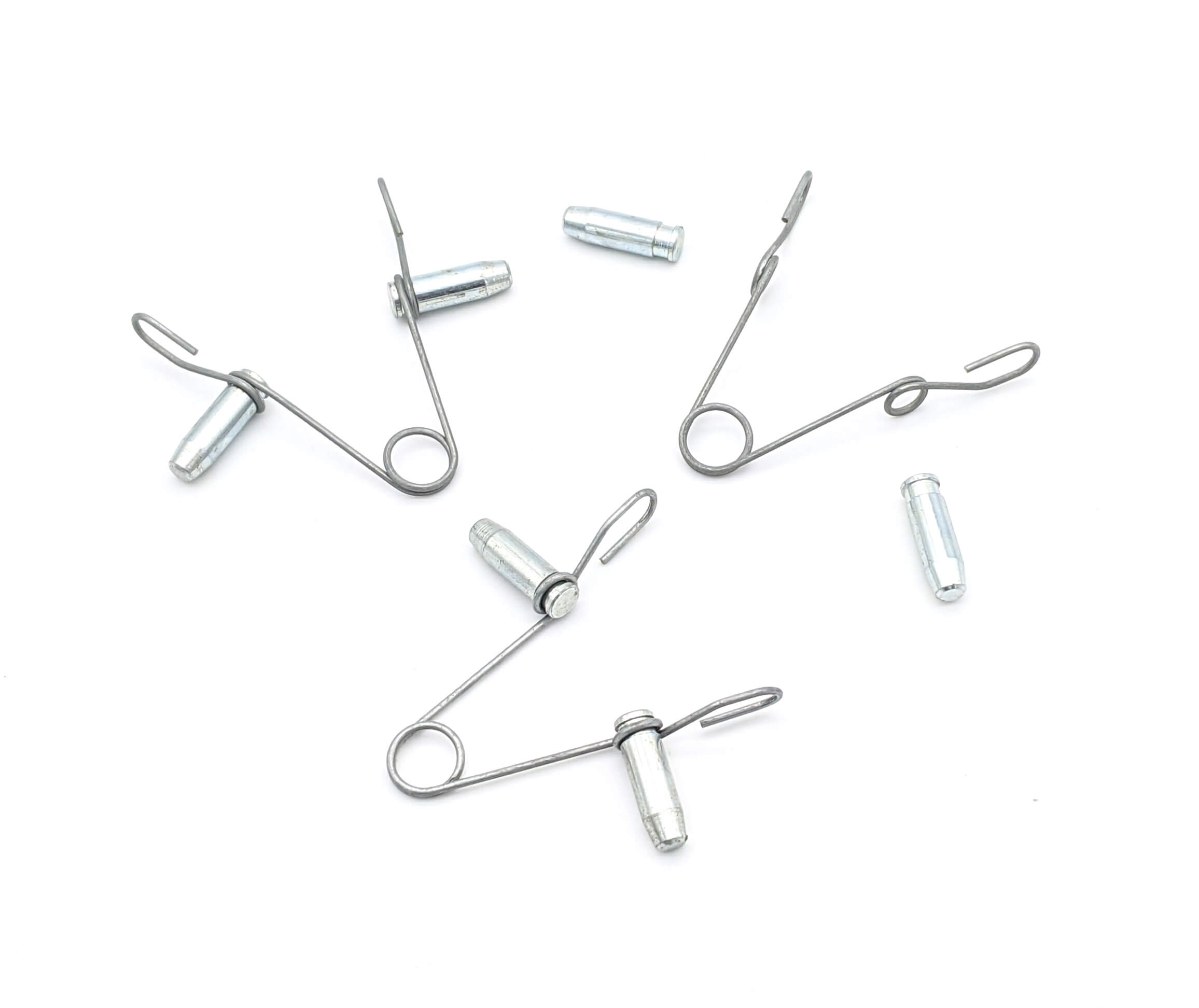Get unique, complex parts easily. No matter your requirements, Chaoyi Spring creates hard-to-produce coil springs and wire forms.
Let us help you create the custom wire form you need, from S-hooks and J-hooks to utility hooks and more.
We work closely with customers across a wide range of industries, helping them design and manufacture made-to-order parts.
Why choose Chaoyi Spring? We prioritize customer-focused collaboration, modern equipment and the latest technology to make your parts per print.
Find the information and guidance you need, from measuring a spring to learning about materials, placing an order and much more.
Springs are ubiquitous in our daily lives, from the simple act of opening a door to complex machinery. These elastic marvels store and release energy, allowing for a wide range


Springs are ubiquitous in our daily lives, from the simple act of opening a door to complex machinery. These elastic marvels store and release energy, allowing for a wide range of applications. Understanding how to determine the compression of a spring is crucial for numerous tasks, whether it's designing a new mechanism or analyzing the performance of an existing one. This comprehensive guide will equip you with the knowledge and tools to confidently measure the compression of any spring.

Spring compression refers to the amount of deformation a spring undergoes when subjected to an external force. This force causes the spring to shorten, and the degree of shortening is directly proportional to the applied force. The concept of spring compression is fundamental to understanding how springs function and is essential for various applications.
Several factors influence the compression of a spring, including:
You can determine spring compression using various methods, each suitable for different scenarios:
Hooke's Law is a fundamental principle in spring physics, stating that the force exerted by a spring is directly proportional to its displacement from its equilibrium position. Mathematically, it's expressed as:
F = -k * x
Where:
To determine spring compression using Hooke's Law, you need to know the spring constant and the applied force. Then, you can calculate the compression using the formula:
x = F / k
For a hands-on approach, you can measure the spring compression directly. This involves applying a known force to the spring and measuring the resulting change in length. Here's how to perform this:
x = L1 - L2
A spring tester is a dedicated instrument designed for measuring the compression and other properties of springs. This method offers a more accurate and controlled way to determine compression.
Steps to use a Spring Tester:
Determining spring compression finds applications in various fields, including:
To ensure accurate spring compression measurement, consider these tips:
Knowing how to determine the compression of a spring is crucial for various engineering, manufacturing, and scientific applications. By understanding the factors influencing compression and utilizing the appropriate measurement techniques, you can accurately assess the spring's performance and design reliable mechanisms. Remember to exercise caution while working with springs to avoid any injury or damage to the spring.
The information provided in this article is a starting point for understanding spring compression. As you delve deeper into the topic, explore additional resources and consult with experts for further guidance and specialized applications. By mastering the fundamentals of spring compression, you'll be well-equipped to handle various engineering challenges and unlock the full potential of these versatile components.
Browse some of the custom wire forms and springs that we manufacture. Don’t see what you need? We specialize in made-to-order products that meet your application requirements.
Visit Our GalleryNeed a custom wire form or coil spring? We make it work. Fill out the contact form and a representative will respond within 1 business day. If you have a PDF or CAD file, you can submit to request a quote.